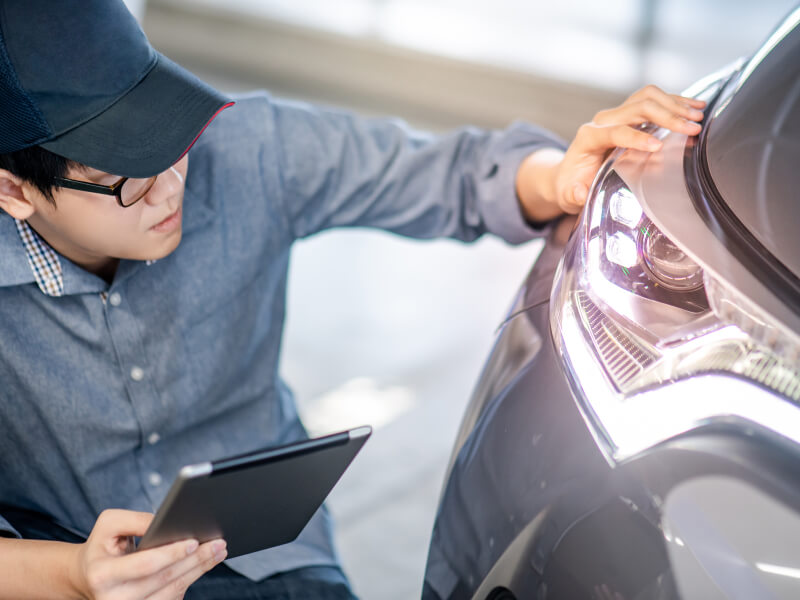Commercial fleets like semi-trucks and 18-wheelers place strains on the road. They might be intimidating to other drivers because of their size, weight, and the potential danger of the payload they are hauling. Getting into an accident is terrifying in and of itself, but if the other truck was substantially larger than your own, the results may be catastrophic.
The National Highway Traffic Safety Administration (NHTSA) reports that 5,005 people lost their lives in crashes involving large trucks in 2019. Drivers and passengers in other vehicles accounted for 71{456e9d3d782a4621c31d22a04129ab61b6be3213608f80066c20f1a9c777fdb4} of fatalities caused by fleet accident, while pedestrians accounted for 11{456e9d3d782a4621c31d22a04129ab61b6be3213608f80066c20f1a9c777fdb4}.
Procedures To Follow Immediately After A fleet accident
If you are injured in an accident involving a commercial vehicle, it is your responsibility to seek the necessary medical attention and to pursue fair compensation for your out-of-pocket costs and other losses, whether monetary or otherwise. The following steps should be done after being involved in an accident involving a CMV.
Get yourself to a safe area (if you can)
No of the severity of the crash, you must stop your vehicle immediately and, if safe to do so, seek cover. Staying in the middle of the road or directly in the path of incoming cars is very dangerous. Flares or reflective triangles may be used to warn oncoming traffic if you’re unable to move your vehicle. If your wounds are severe, though, it’s best to stay there until help arrives, since moving about might exacerbate your condition.
Don’t hesitate to contact emergency services if you or your passengers get injuries
It doesn’t matter how big or little your wounds seem, you should always be checked out by a doctor. You may feel more pain and become aware of further injuries when the adrenaline and shock wear off.
Check the accident scene for any further injured victims
Even if you and everyone else in the car are unharmed, you should check to see whether anybody else was hurt before making the decision to call for help.
Verify that your own vehicle and the company automobile are safe to travel in
In addition to the likelihood of a leak or fire, the CMV might have been carrying dangerous materials at the time of the occurrence. You need to know if there is an elevated danger due to a fire or hazardous chemicals so that you may either call 911 or take action to deal with the issue.
Whether or whether you need medical attention, you should call 9-1-1 right away
Drivers are required to report accidents involving serious bodily harm, death, or extensive property damage under Code 46.2-894. The police report may include information such as statements from witnesses, the officer’s determination of fault, and a sketch of the scene. If required, these artefacts may also serve as proof.
Conclusion
If you can, take photographs and write down some notes. Photographs of the accident scene, the vehicles involved, and your injuries (both before and after treatment) might be used as evidence after the fact. Understanding the role that weather or road conditions played in the event and how they could have changed subsequently might be very instructive.







